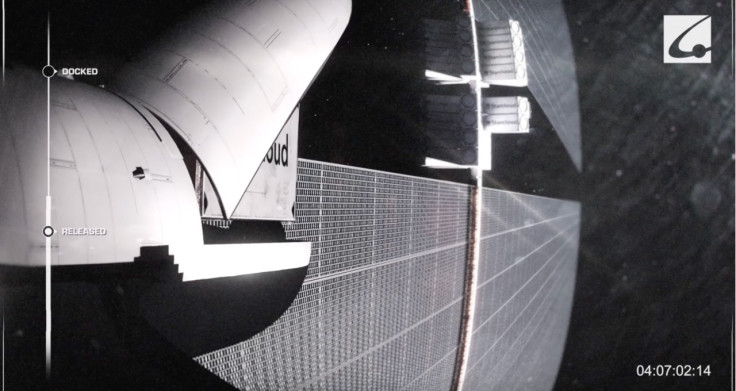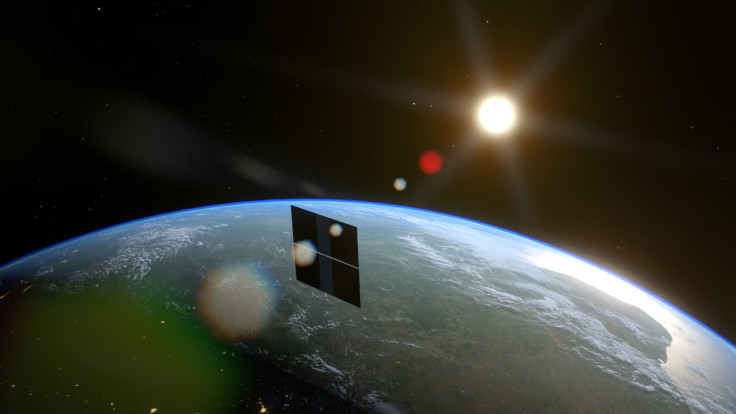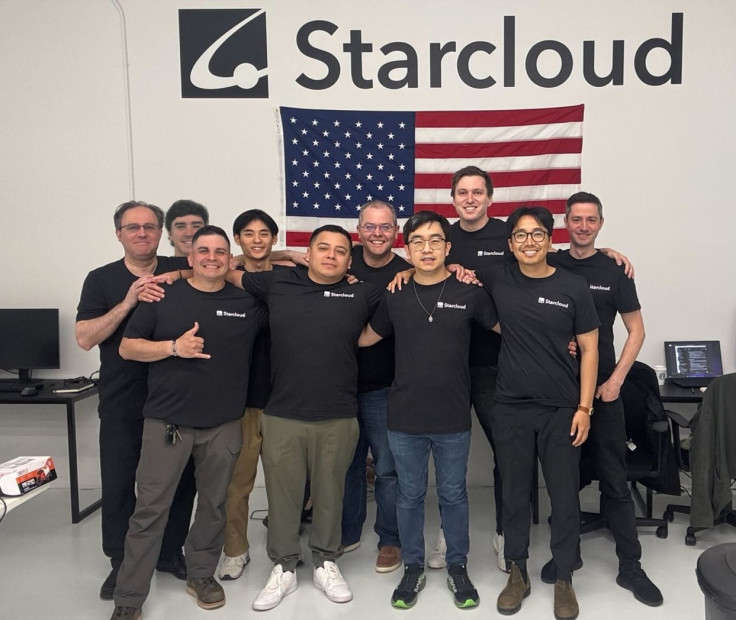Starcloud Launches AI to Orbit: NVIDIA-Powered Space Data Centers Promise 10x Energy Savings
Starcloud's H100-powered satellite brings AI to orbit, cutting energy costs and redefining the future of sustainable data centres

In a bold leap for sustainable computing, Starcloud, a member of the NVIDIA Inception startup programme, is preparing to launch the world's first AI-equipped satellite powered by an NVIDIA H100 GPU.
The mission, scheduled for November, marks the debut of data-centre-class computing in orbit—a move the company claims could deliver 10x lower energy costs and drastically reduce the environmental impact of terrestrial data centres.
The satellite, dubbed Starcloud-1, weighs approximately 60 kilograms and is about the size of a small refrigerator. It will orbit the Earth, running inference workloads and processing Earth observation data in real time.
According to Starcloud co-founder and CEO Philip Johnston, the satellite will offer 100x more powerful GPU compute than any previous space-based operation, thanks to the inclusion of the H100 chip.
Why Space Makes Sense for AI
Starcloud's vision is rooted in the unique advantages of space-based infrastructure. 'In space, you get almost unlimited, low-cost renewable energy,' Johnston told NVIDIA.
'The only cost on the environment will be on the launch, then there will be 10x carbon-dioxide savings over the life of the data centre compared with powering the data centre terrestrially on Earth.'
The startup plans to eventually build a 5-gigawatt orbital data centre, equipped with solar and cooling panels measuring approximately four kilometres in width and length.
These massive structures would harness constant solar exposure and use the vacuum of space as an infinite heat sink, eliminating the need for water-intensive cooling systems standard in Earth-based facilities.
As Aroged reports, cooling in space is 'practically free and unlimited,' with waste heat emitted via infrared radiation. This approach could conserve significant water resources and reduce reliance on backup power systems, which are often necessary for terrestrial data centres.
Real-Time Inference in Orbit

One of the most promising applications for Starcloud's orbital AI infrastructure is Earth observation. By processing data directly in space, the satellite can deliver insights almost instantaneously. This serves as a significant advantage for time-sensitive use cases such as wildfire detection, distress-signal response, and weather prediction.
Johnston explained that synthetic-aperture radar (SAR) imaging, which generates high-resolution 3D maps of Earth, produces up to 10 gigabytes of data per second. Running inference in orbit allows this data to be analysed without the delay of transmission to ground stations, significantly improving response times.
'Starcloud needs to be competitive with the type of workload you can run on an Earth-based data centre, and NVIDIA GPUs are the most performant in terms of training, fine-tuning and inference,' Johnston said.
NVIDIA Partnership with Starcloud and Future Plans

Starcloud's collaboration with NVIDIA has been instrumental in bringing the project to life. As part of the NVIDIA Inception programme, the startup received technical support, access to GPU hardware, and guidance from NVIDIA experts. The upcoming launch will also mark the cosmic debut of the NVIDIA H100 GPU, a milestone in the evolution of accelerated computing.
Looking ahead, Starcloud plans to integrate the NVIDIA Blackwell platform into future satellite launches. Johnston expects Blackwell to deliver up to 10x performance improvements over the current Hopper architecture, further enhancing the capabilities of in-orbit AI systems.
The company also intends to run Gemma, an open-source large language model from Google, on the H100-powered satellite, demonstrating that even sophisticated AI workloads can be executed in space.
A Vision for the Next Decade
Starcloud's ambitions extend far beyond a single satellite. Johnston predicts that 'in 10 years, nearly all new data centres will be built in outer space,' marking a provocative forecast that reflects growing concerns over the sustainability of Earth-based infrastructure.
With AI demands surging and environmental pressures mounting, space-based data centres could offer a compelling alternative. By combining renewable energy, efficient cooling, and real-time processing, Starcloud aims to redefine the future of AI infrastructure—one orbit at a time.
© Copyright IBTimes 2025. All rights reserved.





















